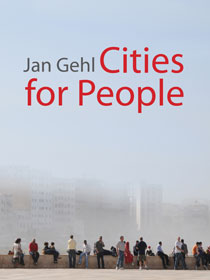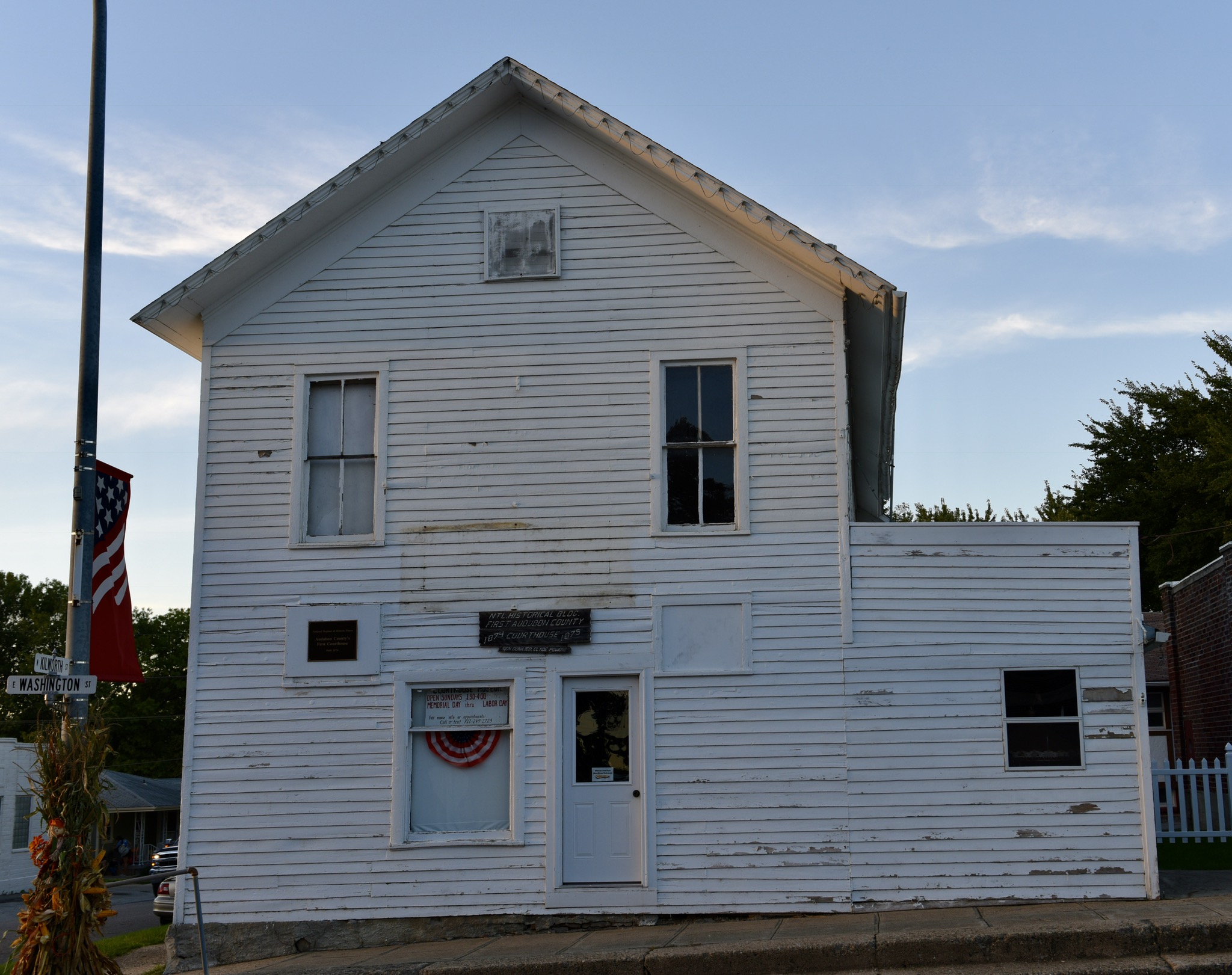Two remarkably popular documentaries this summer offer models of how to do urbanism. U.S. Supreme Court Justice Ruth Bader Ginsburg and the late Public Broadcasting System host Fred Rogers surely are heroes of urbanism, both articulating and exemplifying our core values. In a summer marred by the U.S. government essentially kidnapping children and then farming them out to for-profit firms, losing track of some of them, drugging some of them... we need some inspiration!
Rogers studied for the ministry and briefly attempted a show aimed at adults, but found his calling as the host of a children's TV program for more than 30 years. Throughout the documentary he is shown taking children seriously, listening to them and speaking to their concerns, eschewing cheap laughs and practically any ornament of stage production whatsoever. His unadorned set might reflect his Calvinist background, but if so he moves past that background as he visibly seeks the good in everyone he encounters. The "neighborhood" is full of people, with the city's characteristic diversity. As the signs around town say, "All are welcome here," and he lived that.
Ginsburg was attracted to the law watching lawyers defend those accused by the House Un-American Activities Committee in the 1950s. She has used her position, particularly as a Supreme Court justice, to promote arguments for the legal equality of women. A brilliant law student in an era when few women attended law schools, once graduated she had to fight to find a job at all. Eventually, both as a lawyer and a judge, her arena was the courtroom. She was appointed to the federal bench in 1980 after spending the 1970s litigating women's rights cases; she won five of the six cases she argued before the then all-male Supreme Court. Portrayed as a folk hero, "The Notorious R.B.G.," in various scenes of cartoon combat, she is in reality the opposite of flamboyant, personally reserved and relying on her mind and the force of argument in an increasing pile of dissenting opinions.
Ginsburg in "R.B.G." is the warrior-hero, while Rogers in "Neighbor" is all about love. Yet Ginsburg follows her mother's advice never to lash out in anger, and reaches across the ideological spectrum to befriend colleague Antonin Scalia. Rogers vigorously defends federal funding for PBS, and is unsparing in his criticism of children's programs that take a sillier approach.
 | |
| Jeffrey Erlanger, an early guest on the show | (Source: archive.org) |
Though "Neighbor" mentions--twice--that Rogers was "a lifelong Republican," he like Ginsburg drew fire from the new right. Both films feature a medley of conservative media venom, with "R.B.G." weirdly showing it as coming from statues around Capitol Hill.
And both endured late career setbacks in their efforts to shape the culture. After winning all those cases in the 1970s and early in her judicial career, Ginsburg has become "the great dissenter" as new members move the Court rightward. Rogers's late-career frustration shows as he seems to identify less with meek, hug-seeking Daniel Tiger and more with ornery King Friday XIII.
Ruth Bader Ginsburg and Fred Rogers are urbanist heroes because they exemplify the hopeful-inclusive ethos of the city; the need both to love extravagantly and to be militant on behalf of what we're creating; and the affirmation both of their own humanity and that of the people around them.
(Loudon Wainwright III sings his tribute song, "Hank and Fred")
























